WELLFLEET — Heidi Daniels fondly remembers the time she spent as a child in the school supply aisle of her local Ben Franklin five and dime. “Construction paper and pink rubber erasers could hold my attention for quite a while,” she says. These days, Daniels surrounds herself with a slightly more sophisticated collection that includes fine writing papers, letterpress cards, and specialty pencils at the Customs House, her Wellfleet shop.
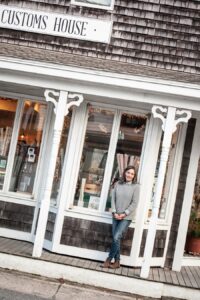
She and the artist Milisa Moses will join creative forces on Dec. 14 for a workshop focused on economical, environmentally conscious gift-wrapping. Their class comes just in time for the holiday season when Americans generate an estimated 2.3 million pounds of wrapping “paper” trash, most of it made out of hard-to-recycle mixed materials and destined, directly or indirectly, for landfills.
The idea for the workshop, Daniels says, grew out of her conversations with Moses, a gardener, natural dyer, and artist who works with plants to create color for her projects.
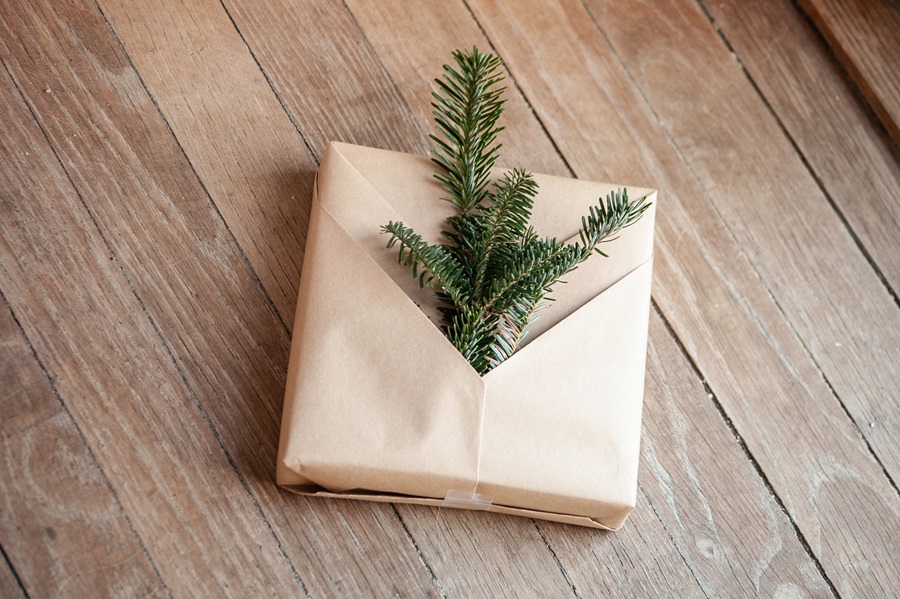
While some people may see gift-wrapping as a chore, these two see it as an opportunity to accentuate the specialness of a gift. Amid the hustle of the season, their goal is to help gift-givers slow down and be intentional about the task. Wrapping gifts can take on a contemplative quality, says Daniels, and “a thoughtful, beautiful wrap becomes part of the gift itself.”
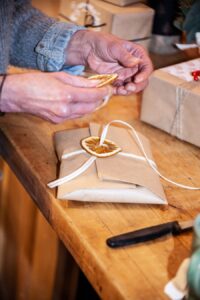
Daniels and Moses also want people to know that beautiful wrapping can be done inexpensively and in environmentally conscious ways. They are fond of starting with ordinary brown kraft paper, which is inexpensive, recyclable, and compostable and provides a pleasing neutral background for decorative elements, whether purchased, found, or foraged.
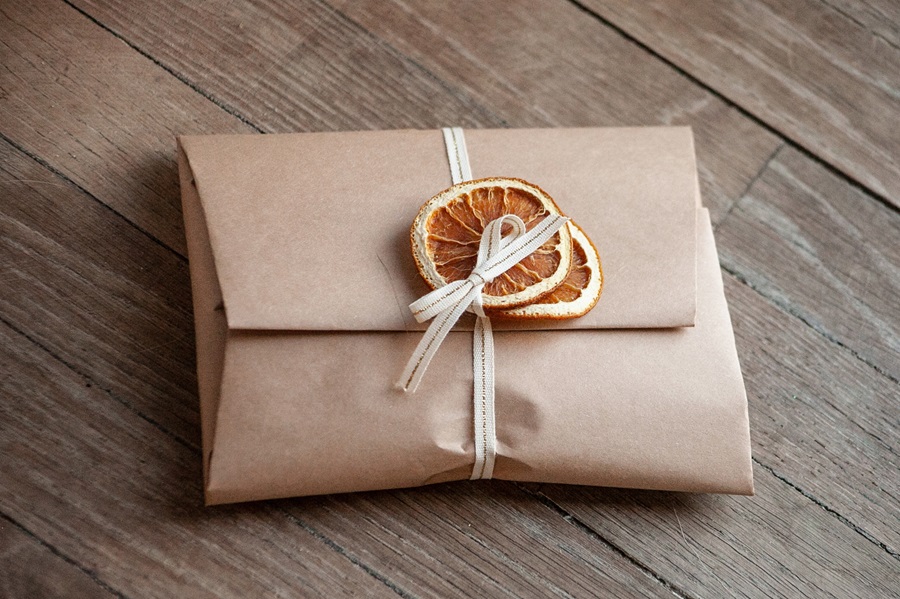
As Daniels demonstrates her technique, she chooses cotton ribbon colored with Moses’s naturally derived dyes, as well as winterberry and evergreen sprigs, cinnamon sticks, and dried citrus slices to finish each package. She dries oranges by slicing the fruit thin, blotting the slices well, then arranging them in a single layer on a sheet pan, which goes in the oven at 200° F for a few hours until the slices are dry. A less energetic gift-wrapper could also buy them, along with cinnamon sticks, at Atlantic Spice Co. in Truro.
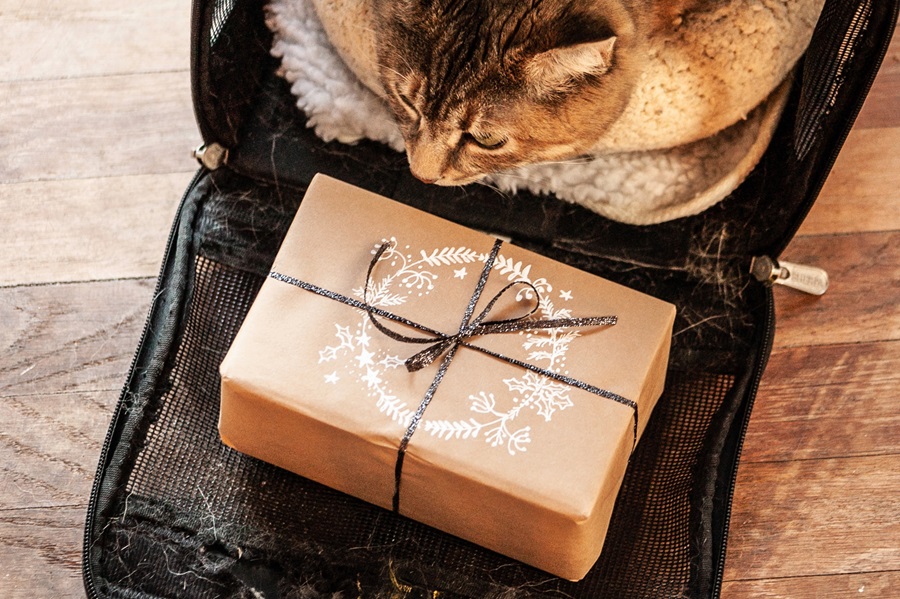
Using gel pens, Daniels dares to draw simple freehand designs on her packages. Rubber stamps or carved wine corks stamped in ink are also ways to add holiday-themed images to the paper. Fancy wrapping paper can be used sparingly, for example, as a “belly band” — a narrow piece of paper cut to fit around the midsection of a package.
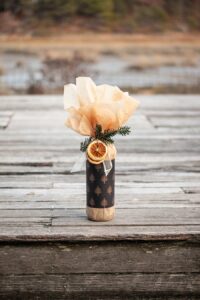
Skipping the box is another way to reduce waste, Daniels says. She demonstrates by placing a folded tea towel on a piece of plain brown paper that in turn is folded into a large envelope and secured, tape-free, with a length of ribbon.
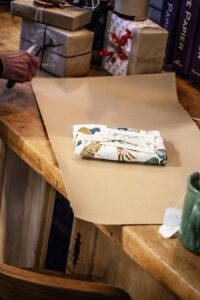
Daniels gathers ideas from trade shows she attends and from the internet. And if you’re creative enough to give her a cleverly wrapped present, know that it probably won’t be the last you see of your handiwork. She’s not beyond carefully dissecting a particularly beautiful package she receives so that she can replicate the design herself.
Editor’s note: Due to a reporting error, an earlier version of this article, published in print on Dec. 14, stated that Milisa Moses works at the Customs House. She does not. She is an artist and also works at PAAM.
